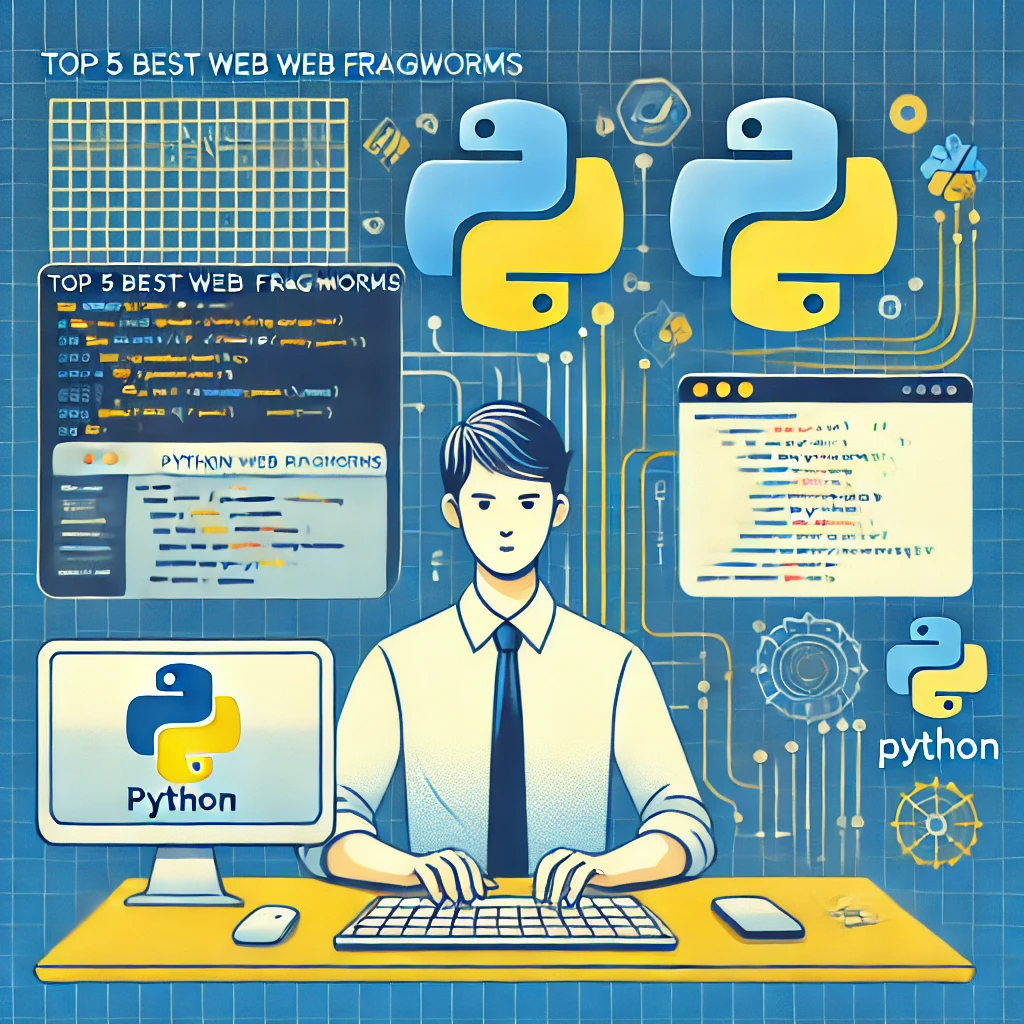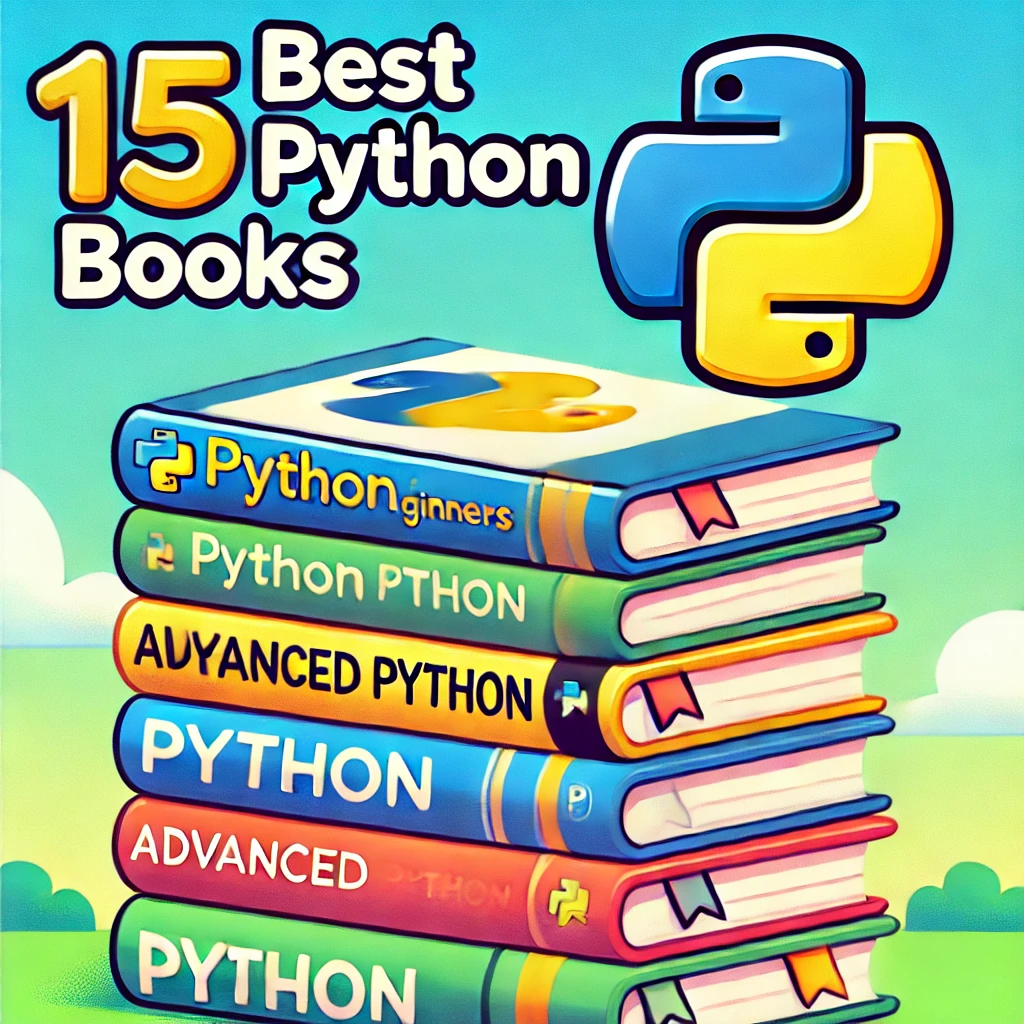
introduction
Python is an all-around programming language, and it has seen a significant rise in popularity within the web development space due to its relatively simple syntax, readability of code, as well as vast framework and library system.
Python also has very rich web frameworks, and this is another high point of Python in the web development community.
Learning scaffolds aside, Python is also packaged with an extensive set of libraries and tools needed for web development.
While libraries like Requests are used for making HTTP requests and handling RESTful API’s., Beautiful Soup is good at parsing HTML and XML documents, making web scraping easier. often used in projects instead of Peewee.
Python also supports various template engines, such as Jinja2, which help in separating the HTML/CSS part from the backend code, making it easier to manage and maintain. This separation allows developers to work more efficiently and ensures a cleaner codebase.
With powerful tools like Gunicorn for serving web apps and Docker/Kubernetes for containerization and orchestration, Python-based web applications are good at scalability and performance. This technology is capable of handling growth and traffic with ease.
Today, in an all-encompassing article, we will be dissecting the top five Python web frameworks that are leading the future of current web development.
Top 5 Python Web Frameworks
1. Django
It is one of the best Python-based web frameworks used in rapid development. Acting as a full-featured and mature framework, Django adopts the “batteries included” philosophy, which refers to including an extensive array of tools and functionalities out-of-the-box to facilitate development.
Django provides an ORM system, a fast and efficient DB management admin interface that allows you to handle several types of data in your database.
The framework also includes a number of built-in protections against common security exploits like SQL injection, cross-site scripting (XSS), and cross-site request forgery (CSRF).
Django is famous for creating APIs easily with its powerful and flexible Django REST framework (DRF) which provides facilities for serialization, authentication, view management to create hassle-free RESTfulAPIs.
As robust as Django is technically, it also benefits from a strong and vibrant community that adds to the wide ecosystem around Django. It has excellent and well-maintained documentation that helps the developers easily go through it’s functionalities, as well as handling any issues.
Companies using Flask include: Instagram, Spotify, and Disqus.
2. Flask
Flask is arguably one of the most popular Python web frameworks fthat has gained acclaim for its simplicity and flexibility.
This makes Flask much less restrictive (compared to, Django), and follows more of a ‘microframework’ philosophy — it provides only constructs that are essential for building web applications, while leaving out the choices about other libraries you need.
The Simple core of Flask makes it easy to learn, that means someone who is absolute newcomer can also understand what actually web development and how we build stuff with python.
Although simple, Flask is extensible and has a wide range of libraries that can be plugged into its core to enable things such as database integration and form handling.
Flask integrates with Jinja2, a very powerful templating engine that enables the dynamic generation of content in web applications. Jinja2 is a web template engine that enables Python data structures to be rendered in templates containing variables, logic and loops.
While Jinja2 is the default templating engine for Flask, alternatives include Mako, which offers a fast and Python-like syntax; Chameleon, known for its Zope Page Templates compatibility; can also be integrated with Flask using custom setups or extensions.
Flask is ideal for building APIs due to its simplicity and flexibility. Its lightweight core and easy routing make it straightforward to set up endpoints, while extensions like Flask-RESTful enhance its capabilities for creating and managing RESTful APIs.
Companies using Flask include: Pinterest, Patreon, and Lyft.
3. FastAPI
Thanks to its creator, Sebastián Ramírez, FastAPI is a modern web framework for building APIs with Python, focused on speed and simplicity, which means you are able to build extremely performant services in the minimum amount of time.
FastAPI aims to provide the developer a means of generating not only efficient APIs but easy-to-code and maintain; it goes for asynchronous support out-of-box with automatic interactive API documentation built by OpenAPI.
FastAPI, with its impressive features, automatically generates interactive API documentation using Swagger UI and ReDoc. The magic behind this is Python type hints, which FastAPI leverages to provide a more intuitive interface for end users to access and test API endpoints.
This automatic documentation as well as a built-in functionality supporting request validation and serialization dramatically decreases the sheer volume of boilerplate code developers have to write.
It is also fast, built on standard Python type hints, with Starlette handling the web components and Pydantic managing data validation. This combination results in a framework that is both fast and exceptionally robust and reliable.
Companies using FastAPI include: Netflix, Twitch, and Uber.
4. Pyramid
Pyramid is a lightweight, fast and open source Python web framework with simple core yet able to facilitate different types of applications such as ones needed for simplicity or those that demand flexibility.
It was made so as to help developers in creating small applications with little setup, yet still be able to scale up for more extensive and complex projects. The modular design of Pyramid is visible in its philosophy, the very same idea that the small start and grow as needed.
The beauty of the pyramid is its flexibility. While more opinionated frameworks can be a little heavy handed, Pyramid does not really impose certain ways of working, making it great for those developers who want to control their application architecture.
Any templating engine or database, security protocol can be easily implemented making the process of development very much customizable.
URL dispatch and traversal routing are core components of a Pyramid Web framework that give developers powerful tools for managing application URLs, thus allowing them the flexibility to create clean and maintainable routes.
Another area where Pyramid shines is security. Such a well-rounded framework contains top-notch security like authentication and authorization which are needed to make secure web applications.
Companies using Pyramid include: Mozilla, Dropxbox, and Reddit.
5. Tornado
It is a scalable, non-blocking web server and asynchronous I/O framework for building long-running, high-performance network applications.
Tornado is great for its high performance, handling thousands of simultaneous connections when it matters most in real-time Web apps like chat services and long-polling data feeds.
Tornado is a good example of another HTTP web framework lowering the response time by running everything non-blocking IO, permitting multiple simultaneous requests without waiting for each to finish before starting on the next.
This type of asynchronous programming is a very necessary feature, specifically for high-throughput and responsive applications, because it provides low latency while using maximum system resources.
Tornado also comes with a simple web framework for writing web applications. It has low overhead and supports routing, templating with HTTP requests and responses. It is an ideal fit for the developer newbie who just wants to start without worrying about heavyweight frameworks.
Security is a highly important aspect for Tornado and ensures that it offers the capabilities related to secure cookie handling or behaviors associated with various authentication mechanisms.
Companies using Tornado include: Facebook, Delivery Hero, and Quora.
Conclusion
In final thoughts, Python development provides an abundant pool of equipment aiming at several goals and tastes. For people who want a complete all-in-one environment, solutions with many in-platform features are capable of helping to develop fast and aid support well.
Better yet, performance- and scalability-focused tools are designed to create high-speed applications that excel at real-time interactions with large data loads. These modular approach options make it easy to customize the development process for developers who want flexibility and customization in their work.
A wide range of choices means that a developer can always pick what works for his specific requirements, no matter whether he is developing just a simple project or some complex, large-scale application that chews up too many resources.





